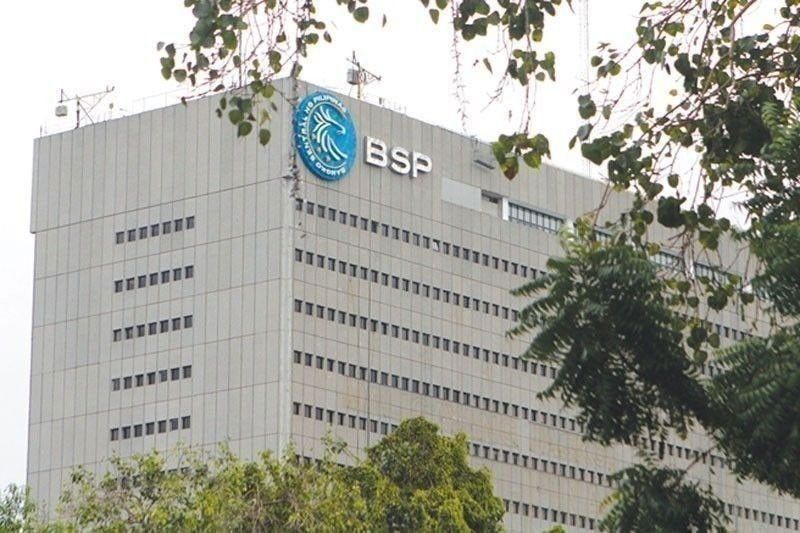Banks see more, but less aggressive rate hikes

MANILA, Philippines — Foreign banks expect more, but less aggressive rate increases from the Bangko Sentral ng Pilipinas (BSP) as the regulator sustains its tightening bias to tame the red-hot inflation.
ANZ chief economist for Southeast Asia Sanjay Mathur and economist Debalika Sarkar said the tightening cycle by the BSP is likely to extend until the first quarter of next year amid the aggressive US Federal Reserve.
“On balance, we forecast a 25-basis-point hike in each policy meeting until February 2023. The evolution of inflation, balance of payments, and extent of further tightening by the US Fed will potentially reshape our assessment,” Mathur and Sarkar said.
After another 50-basis-point rate increase last Aug. 18, the benchmark interest rate has so far increased to 3.75 percent from an all-time low of two percent. This included the huge 75-basis-point hike during a surprise off-cycle rate-setting meeting last July 14.
“The past two rate hikes highlight the BSP’s aggressive efforts to tackle inflation and peso weakness, and contrast with its initial preference for a gradual normalization of monetary policy. We expect the central bank to continue hiking at least until early first quarter of 2023, with the magnitude of hikes contingent on the evolving external landscape and inflation trajectory,” Mathur and Sarkar said.
ANZ Research believes the recent easing of oil prices can alleviate the trade deficit, but a meaningful reduction would require a broader correction in import prices.
On this front, it said BSP Governor Felipe Medalla noted that nearly two-thirds of the recent deterioration in the current account deficit was attributable to higher import prices.
Separately, ANZ said the BSP governor also mentioned that intervention in the foreign exchange market was a significant factor behind the nearly $10-billion decline in the external reserves year-to-date.
“As such, the direction of US monetary policy was highlighted as a key input in the BSP’s policy calculus, even though the economy is assessed to be sufficiently strong to absorb further capital outflows,” ANZ said.
DBS economist Chua Han Teng sees further tightening by the BSP until the end of the year.
“In our view, additional tightening is likely at the next meeting in September and until end-2022. The quantum of September’s hike, whether 25 basis points or 50 basis points, will depend on August’s inflation actual outcome and the Philippine peso’s trajectory,” Teng said.
The economist warned that an upside surprise in August’s inflation print, coupled with peso weakness, would tilt the balance toward 50 basis points.
According to Teng, policymakers continue to see upside risks amid broadening price pressures and second-round effects from commodity prices such as transport fare increases.
“The message is clear that the BSP wants to anchor inflation expectations and make a strong effort to bring inflation back to its objective by next year. Hot inflation is also a priority over cooler economic growth at this juncture,” Teng said.
Teng said the BSP believes that the economy can absorb further monetary tightening, and growth would remain respectable this year as economic managers penned a gross domestic product (GDP) growth of between 6.5 and 7.5 percent, faster than last year’s growth rate .
The country’s GDP expanded by 7.8 percent in the first half despite the disappointing 7.4 percent growth in the second quarter from 8.2 percent in the first quarter due to the impact of elevated inflation brought about by supply disruptions and the Russia-Ukraine war.
ING Bank Manila senior economist Nicholas Mapa said the central bank would further hike interest rates to cool the red hot inflation, which is expected to peak at 6.8 percent in October and average 5.4 percent this year.
“Against this backdrop of rising prices, we believe that BSP can carry out 25-basis-point rate increases at each of the remaining policy meetings for the balance of the year. This would take the BSP’s policy rate to 4.5 percent by December,” Mapa said.
Mapa said the BSP would likely sustain its tightening bias amid a depreciation bias for the peso in the near term as the import season kicks into high gear.
- Latest
- Trending

























